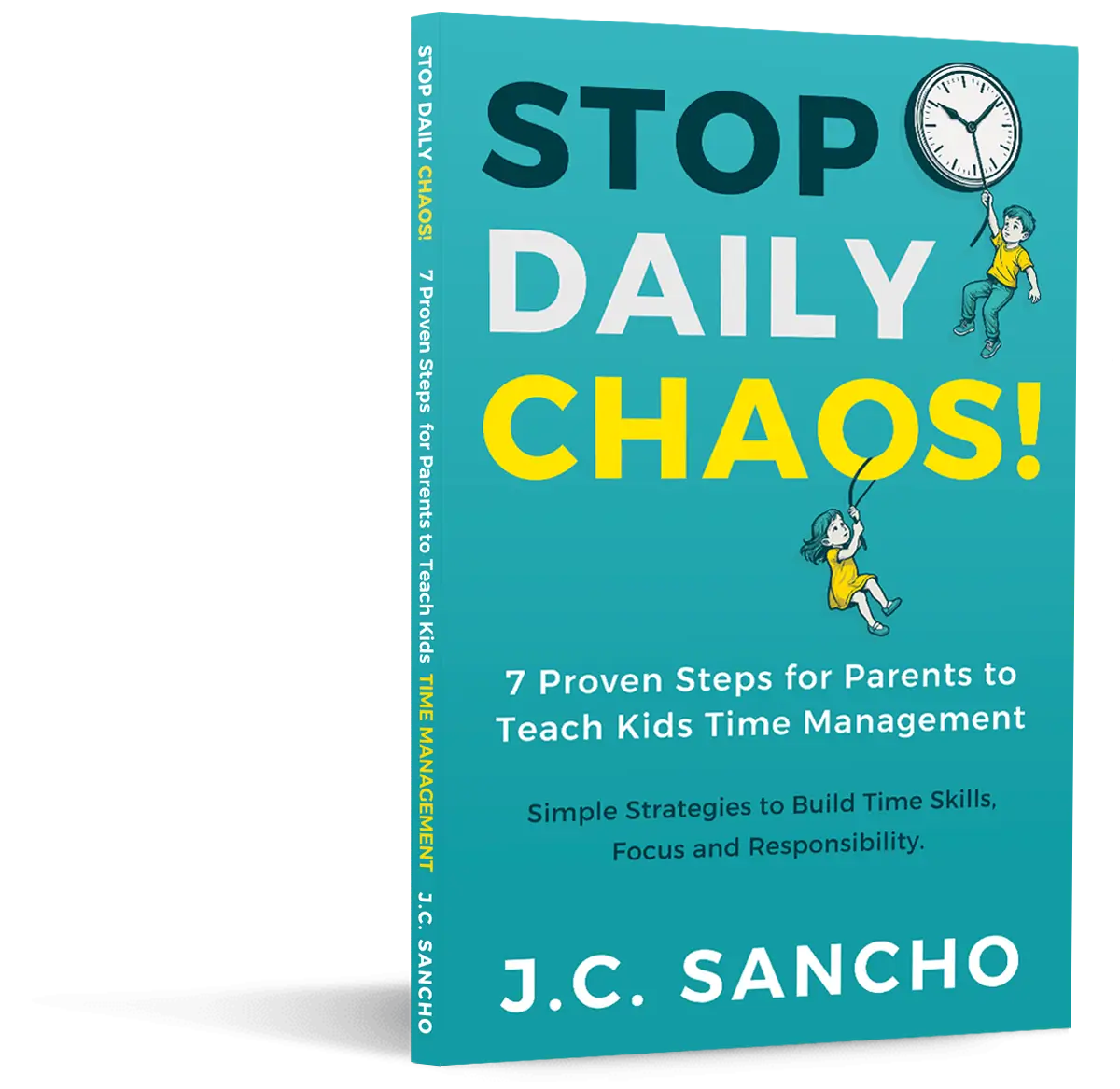Parents often find themselves watching their child bounce from one activity to another, lose track of instructions, forget belongings, or act impulsively—and wonder whether these behaviors fall within typical development or signal something deeper. This question brings both worry and responsibility. Understanding the difference between normal childhood behavior and ADHD helps families gain clarity, respond with confidence, and seek the right support if needed.
ADHD and normal childhood behavior share similarities, but the patterns, consistency, and impact distinguish them. A structured understanding of the signs, context, and developmental stages allows parents to make sense of what they’re seeing at home and in school.
Understanding What ADHD Really Is
ADHD (Attention-Deficit/Hyperactivity Disorder) is a neurodevelopmental condition involving persistent patterns of inattention, hyperactivity, and impulsivity that disrupt daily functioning. These symptoms must appear before age twelve and show up in more than one environment—typically home and school.
Children with ADHD are not “unmotivated” or “undisciplined.” Their brains interpret information, time, and impulses differently. Without proper support, ADHD can affect academic performance, peer relationships, self-esteem, and long-term well-being. With proper understanding and guidance, children with ADHD thrive and build strong skills.
According to the American Academy of Pediatrics (AAP), ADHD affects roughly nine percent of children, making it one of the most common childhood conditions.
Why It’s Hard to Tell ADHD Apart From Typical Childhood Behavior
Children are naturally energetic. Their attention shifts. Their impulses lead them toward exploration. These traits shape development. The challenge lies in the overlap—especially in early childhood—between normal behavior and ADHD-like behaviors.
The key distinctions lie in:
• Consistency: Are the behaviors present almost every day?
• Impact: Do these behaviors interfere with school, friendships, or daily functioning?
• Duration: Have these patterns lasted for months, not days?
• Environment: Do the same behaviors appear across settings?
Understanding this difference helps parents step out of worry and into clarity.
Core Strategies for Understanding Your Child’s Behavior
Parents gain the most accurate picture when they observe behavior patterns over time, across contexts, and with thoughtful attention to development.
Observe Behavior Over Time
A single challenging day does not offer enough information. Children experience fluctuations in mood, sleep, and energy. Instead of focusing on isolated moments, look at behavior across weeks and months. ADHD becomes most visible through long-term patterns that do not fade with consistency, routine, or developmental maturity.
Ask yourself:
• Does my child struggle regularly with focus?
• Do impulsive actions appear daily?
• Is restlessness constant, even during quiet activities?
• Is forgetfulness a persistent pattern?
Patterns reveal far more than moments.
Compare Behavior Across Different Settings
One of the strongest indicators of ADHD is the consistency of symptoms across environments. Children with ADHD display their symptoms at home, school, and during social activities. If the behavior is strong at home but nearly absent at school (or vice versa), other factors may be influencing it—such as family dynamics, classroom structure, sleep habits, or stress.
ADHD requires cross-setting consistency because the underlying challenges travel with the child, regardless of environment.
Understand the Developmental Context
Younger children naturally display more restlessness, shorter attention spans, and more impulsivity than older children. A behavior that seems concerning at age four may be within range of normal development. A similar behavior at age nine may warrant deeper observation.
Compare behavior to age-appropriate expectations, not rigid standards.
Consider the Degree of Impact on Daily Life
ADHD is not diagnosed based on energy levels or distractibility alone. The determining factor is how much these behaviors interfere with daily functioning.
For example:
• Inability to complete schoolwork
• Persistent difficulty listening to instructions
• Frequent impulsive behaviors that disrupt peers
• Trouble organizing tasks or belongings
• Significant emotional outbursts tied to transitions or tasks
• Difficulty sitting through age-appropriate activities
Impact clarifies whether behavior is developmentally typical or outside the expected range.
Common Misconceptions That Confuse Parents
Understanding ADHD requires separating facts from common misunderstandings.
“My child has so much energy—they must have ADHD.”
High energy in isolation is not ADHD. Many children are enthusiastic, active, and lively. ADHD involves hyperactivity that is intense, frequent, and disruptive across several areas of life—not just bursts of energy.
“My child can focus perfectly on screens, so it can’t be ADHD.”
Children with ADHD often hyperfocus on stimulating activities such as video games or creative interests. The challenge appears most during tasks requiring sustained, externally directed attention.
“My child is too creative to have ADHD.”
Creativity and ADHD often coexist. Creativity does not rule out ADHD; in fact, many children with ADHD excel in imaginative thinking.
“The teacher said my child is fine at school, so everything must be normal.”
School structure may temporarily mask symptoms. Conversely, school stress can amplify them. A complete picture requires input from both home and school environments.
Diving Deeper: Executive Function and Time Blindness
Understanding ADHD becomes clearer when examining two concepts frequently associated with the condition: executive function and time blindness.
Executive Function
Executive function refers to mental skills responsible for planning, organization, working memory, emotional regulation, and impulse control. Children with ADHD often struggle in these areas, making daily tasks feel overwhelming.
Behaviors linked to executive function challenges include:
• Losing items frequently
• Difficulty starting tasks
• Trouble sequencing steps
• Emotional outbursts when routines shift
• Forgetting instructions moments after hearing them
• Struggles with transitions
These are neurological patterns, not behavioral choices.
Time Blindness
Time blindness refers to difficulty sensing the passage of time. Ten minutes may feel like seconds. An hour may pass without the child noticing. This affects punctuality, transitions, homework, and daily routines.
Signs of time blindness include:
• Difficulty estimating how long tasks take
• Trouble understanding deadlines
• Becoming absorbed in activities and losing track of time
• Struggling to start or stop tasks
Recognizing these patterns helps parents see behaviors through a neurological lens rather than a behavioral one.
Parent Questions Answered
Does high energy automatically mean ADHD?
No. High energy alone does not indicate ADHD. ADHD involves persistent patterns of impulsivity, inattention, or hyperactivity that disrupt functioning across settings.
Can adults have ADHD?
Yes. Symptoms begin in childhood but often continue into adulthood. Many adults receive diagnosis later in life once they recognize persistent lifelong patterns.
My child only struggles at home. Does that rule out ADHD?
Not entirely, but it suggests environmental factors need exploration. ADHD symptoms typically appear across settings.
How early can ADHD show signs?
Symptoms often appear before age twelve. Some become visible in preschool years through impulsivity, inattention, or difficulty with structure.
If my child is struggling with attention, does that guarantee ADHD?
No. Sleep issues, anxiety, sensory differences, stress, and developmental stages can influence attention.
Supporting Your Child With Confidence and Care
Recognizing patterns and understanding the root causes equips parents with clarity—even when the journey feels uncertain. If you suspect ADHD, reaching out to your child’s pediatrician or a qualified mental health professional provides further insight. Assessment offers answers, direction, and strategies.
A possible ADHD diagnosis does not diminish your child’s potential. Many children with ADHD show strong creativity, innovation, problem-solving skills, empathy, and originality. Support builds pathways for children to thrive with both strengths and challenges.
Moving Forward With Understanding
The question “Is this normal behavior or ADHD?” reflects care and responsibility. Parenting involves decoding patterns, observing your child’s growth, and seeking support when needed. Understanding ADHD offers families tools—not labels—and helps children access their strengths with confidence.
Further Reading
• American Academy of Pediatrics (AAP): ADHD Guidelines
https://www.aap.org
• Mayo Clinic: ADHD in Children
https://www.mayoclinic.org
This article is for informational purposes only and does not replace medical evaluation or clinical advice.



